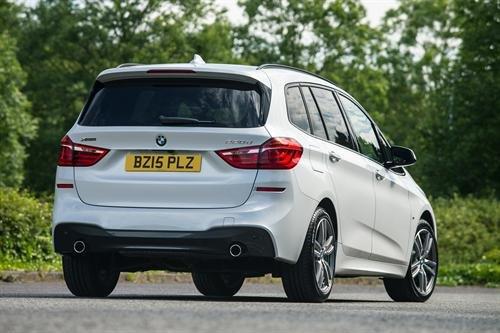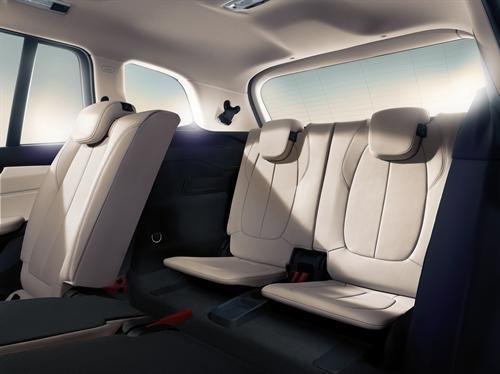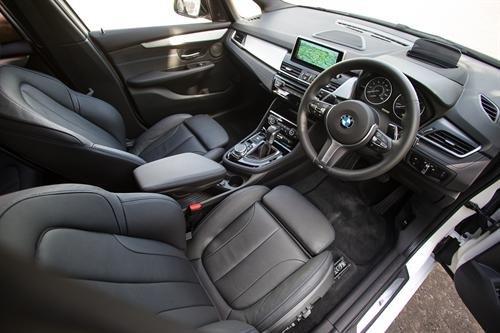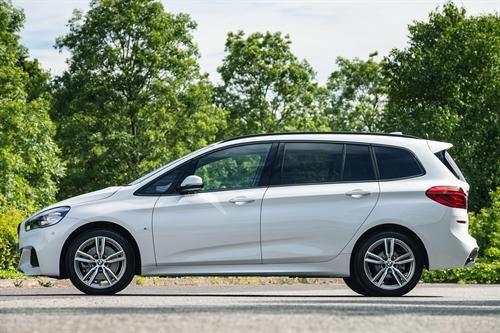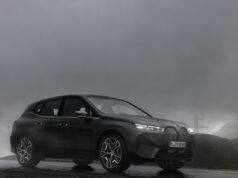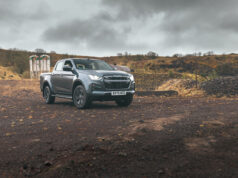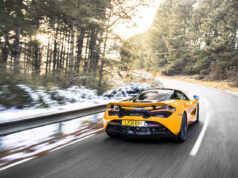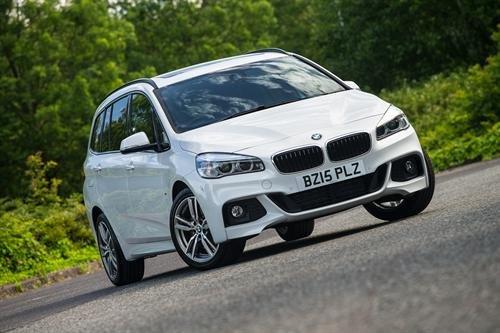
The ultimate driving machine has started to contradict its own definition. Far from bringing the automotive experience to its peak, BMW seem to keep coming up with new variations on a kidney-shaped grille theme to provide us with something we didn’t know we wanted or needed, or to solve a problem we didn’t know existed.
Not that long ago the initials BMW represented the ultimate in German engineering, build quality and performance in a host of four door saloons, five door hatchbacks and cavernous estates. Then they broke into the SUV market for the first time with their X5 and since then there’s been no holding back.
Last year came another momentous move with their first front-wheel-drive model, the 2 Series Active Tourer, a five seat MPV. Now they’ve gone a stage further with a bigger seven-seater, the 2 Series Gran Tourer which is more practical for leisure-loving BMW-type families, but is it getting away from the brand’s core values and what chance has it got in a crowded marketplace populated by the likes of Renault’s Grand Scenic, Ford’s Grand C-Max and VW’s Sharan?
BMW aren’t aiming high, looking to sell only around 4,500 a year and they maintain that potential buyers want something specific – a premium compact with seven seats – that they don’t get from the big sellers.
On the evidence of the Active Tourer – which sells twice as many – they could be right. It’s proved popular and the Gran Tourer simply tweaks on a larger scale what has already been well received.
For a start it offers flexibility with a sliding second row of seats with adjustable backrest, a third row of seats that fold into the floor, and provision for up to five universal child seats.
It is 214mm longer and 53mm higher than the Active Tourer, and a longer wheelbase means more space inside. The higher roofline lets passengers sit tall and upright, with excellent all-round vision, and makes it easier to get in and out. There’s no shortage of legroom, especially in the back, and is equal to many luxury cars.
Sliding the rear seat back or forward gives the option of greater load capacity or second row knee-room. If maximum stowage space is needed, the 40:20:40-split rear seat backrest can be remotely unlocked by pressing a button in the boot, then folded down to create an almost level cargo floor. The front passenger backrest can also be lowered for long objects such as sports equipment up to 2.60m long. If the extra passenger seats aren’t needed, the third row can be completely lowered into the load area floor to save space.
The broad and wide tailgate with low sill can be opened and closed automatically by push button or, as an option through a sensor below the rear bumper.
There are also lashing points in the load bay and “monorails” on the backrests of the front seats to attach a folding table.
There’s a choice of five of BMW’s latest turbocharged petrol and diesel engines. With either three or four-cylinders, they’re superbly efficient and, in the case of the 220i and 220d, a respectable 0-62mph time as low as 7.8 seconds. The top of the range 220d xDrive is also the only car in its class to team four-wheel-drive with seven-seats, but again the question arises as to whether there’s really a demand or whether a potential buyer looking for offroad capability shouldn’t just go for a ‘proper’ 4×4. If space is the priority, then a larger seven seat MPV would probably do the job better and might even cost less.
There are three transmission modes, Sport, Luxury and M Sport.
Externally, it’s got pretty much the same front end as its wee brother with the iconic twin kidney grille, twin round headlights and BMW logo. The low windscreen and high bonnet disguise the actual height of the vehicle. The vehicle’s silhouette with a long wheelbase and short overhangs and lines rising towards the rear give it a defined wedge shape.
On the road its handling was sure-footed for a seven-seater thanks to a lot of work on the chassis by BMW’s engineers, the wide track, the stiff but lightweight body, the low centre of gravity and a reduced-friction steering system.
I put it through a handling test circuit on a disused airfield and it was more impressive than I’d expected from a car in this category without taking fright at some dramatic manoeuvres through a slalom of cones at speed.
It’s crammed with almost every conceivable safety and connectivity feature and is aimed clearly at a niche market of family buyers with an outdoor active lifestyle who want the prestige which comes with the BMW brand but also need the flexibility, carrying capacity and all round practicality which comes with this latest development of the ultimate driving machine.
CAR: BMW 216d Sport Gran Tourer
PRICE: £26,360 (£30,175 as tested)
ENGINE: 1496cc 3 cyl diesel
POWER: 116 hp
TORQUE: 270 Nm
PERFORMANCE: Top speed 119 mph 0-62 mph 11.4 secs
MPG: 68 mpg combined
CO2 EMISSIONS: 108 g/km


